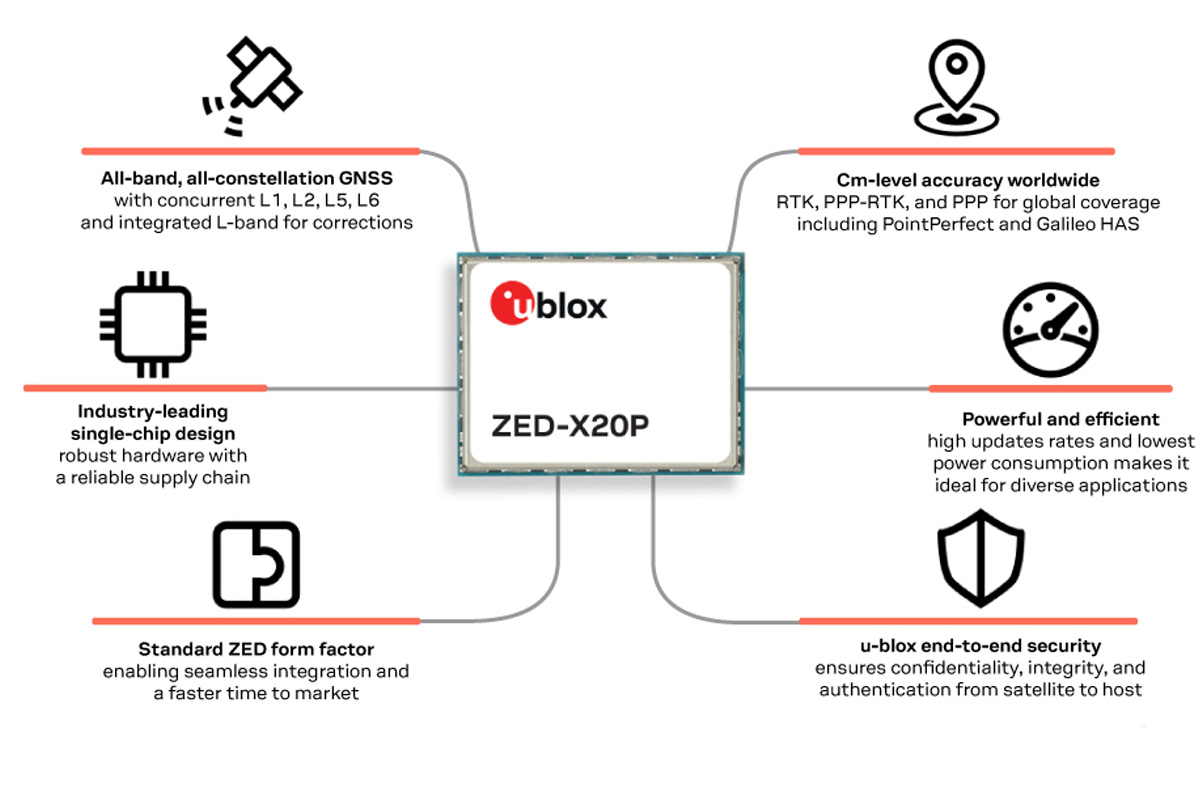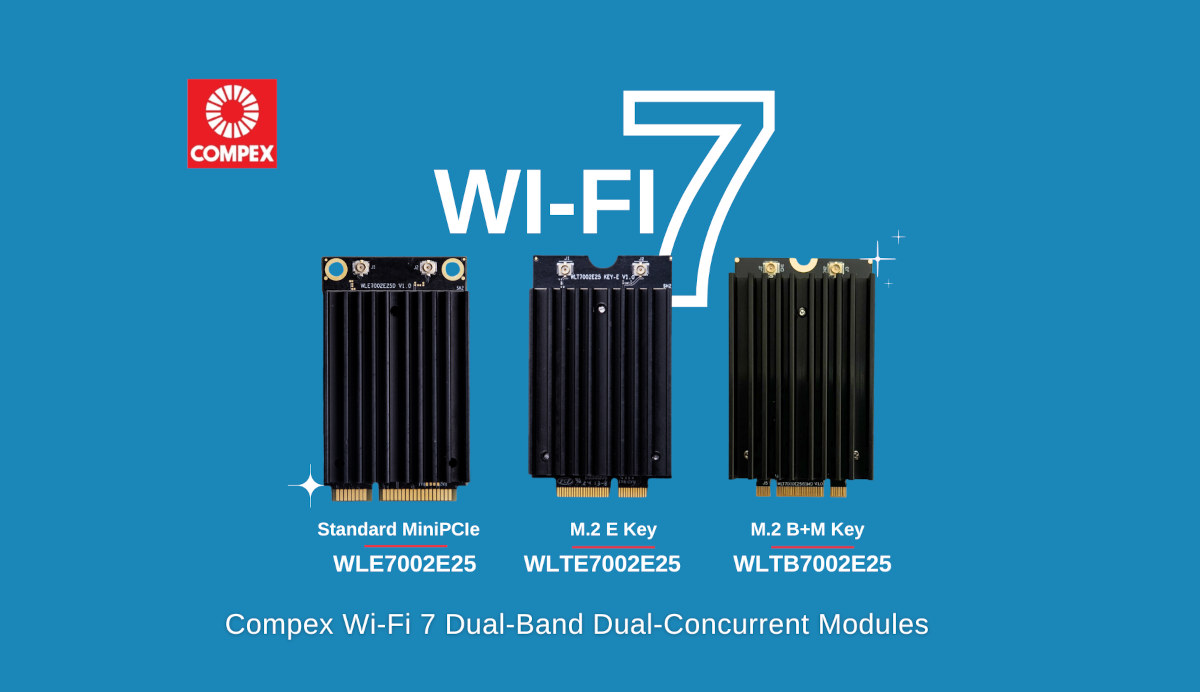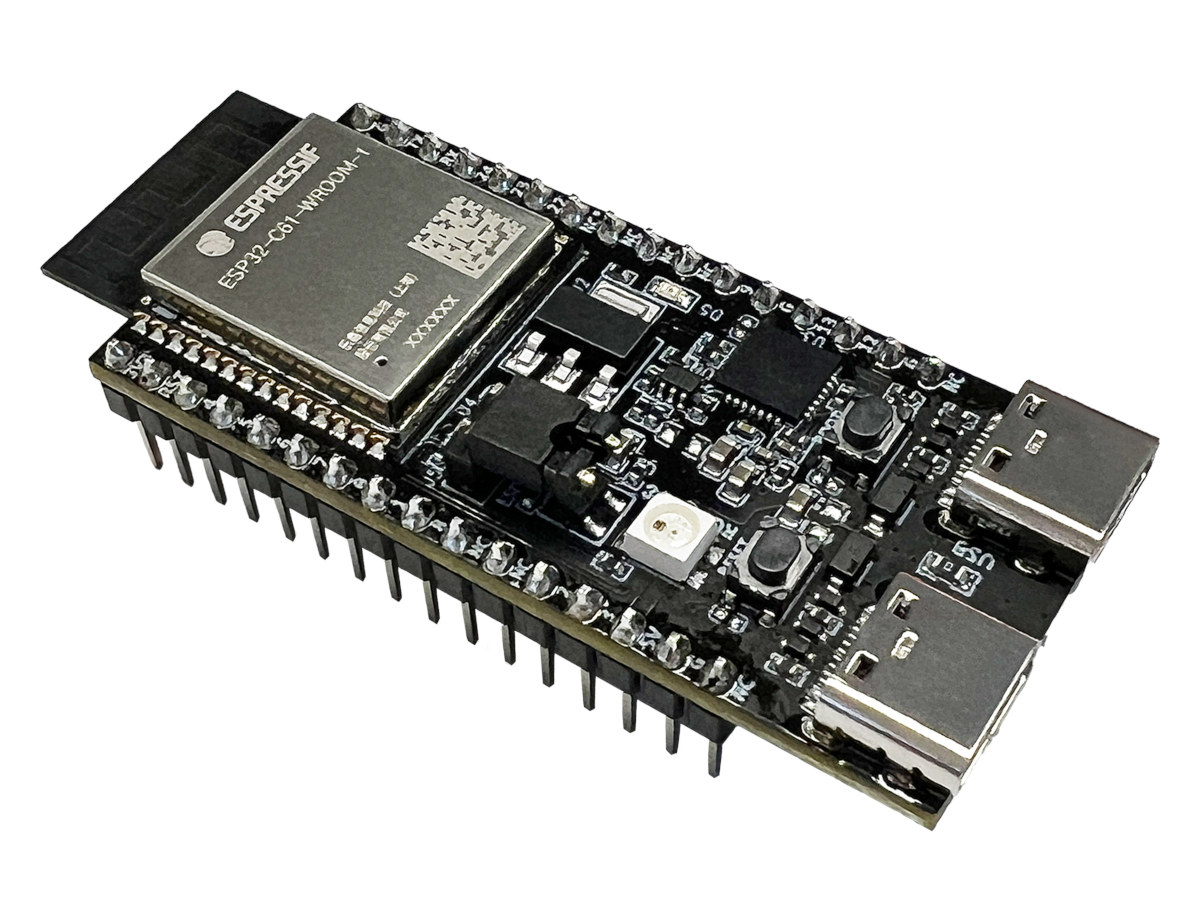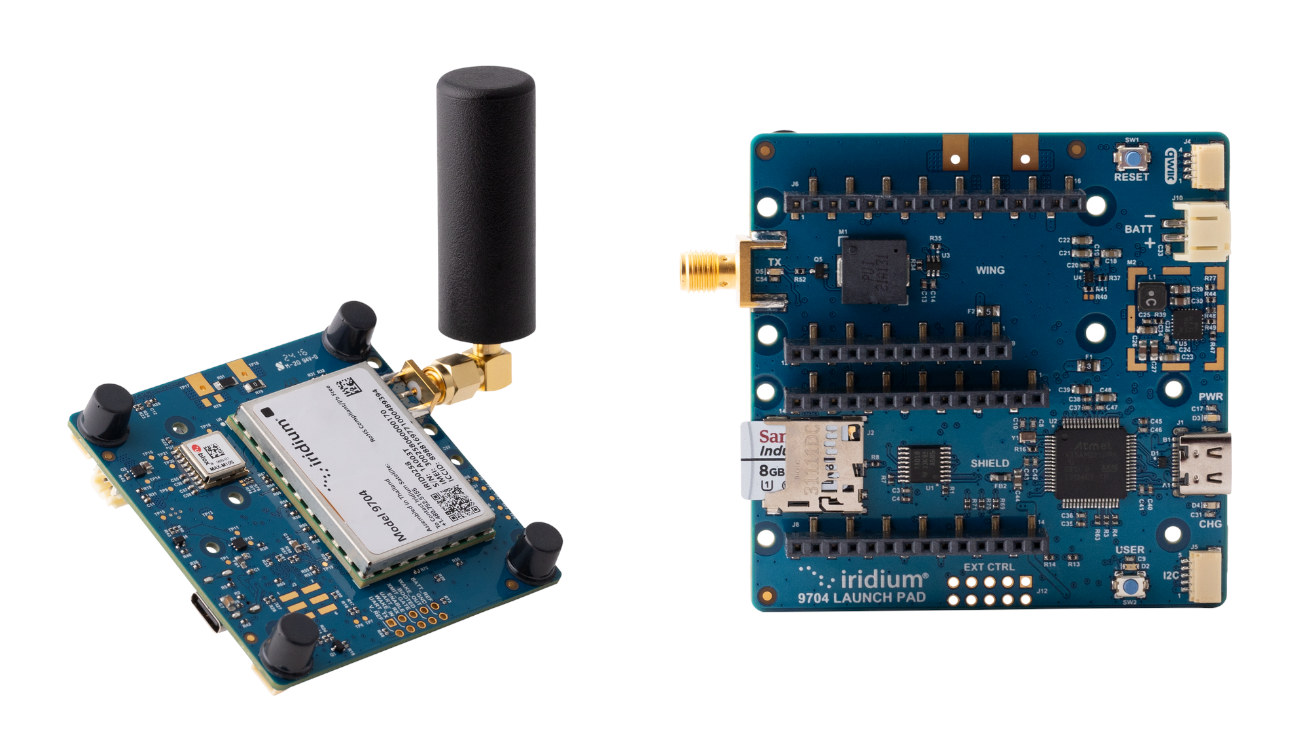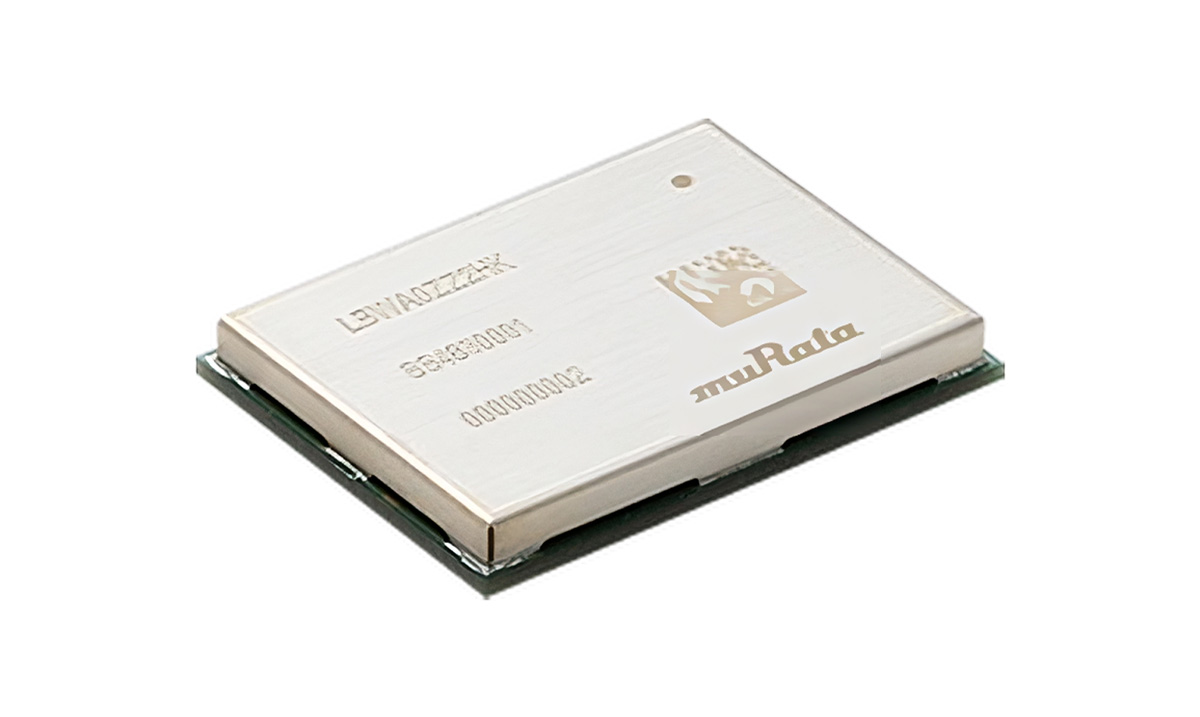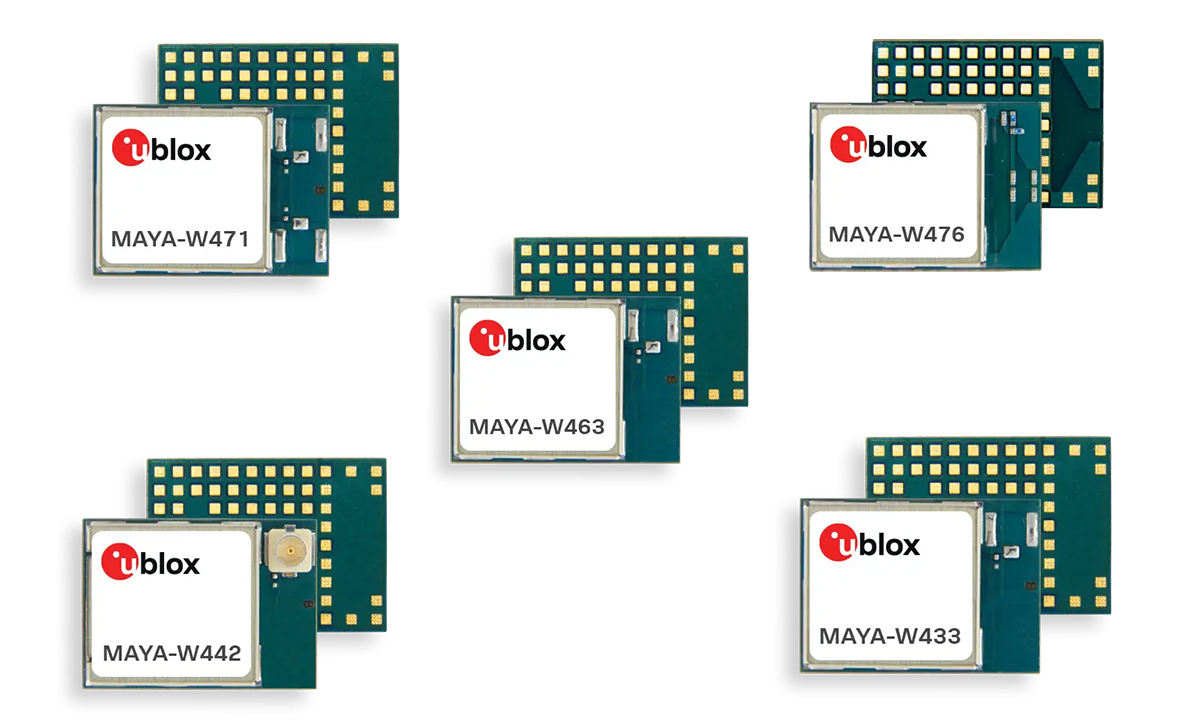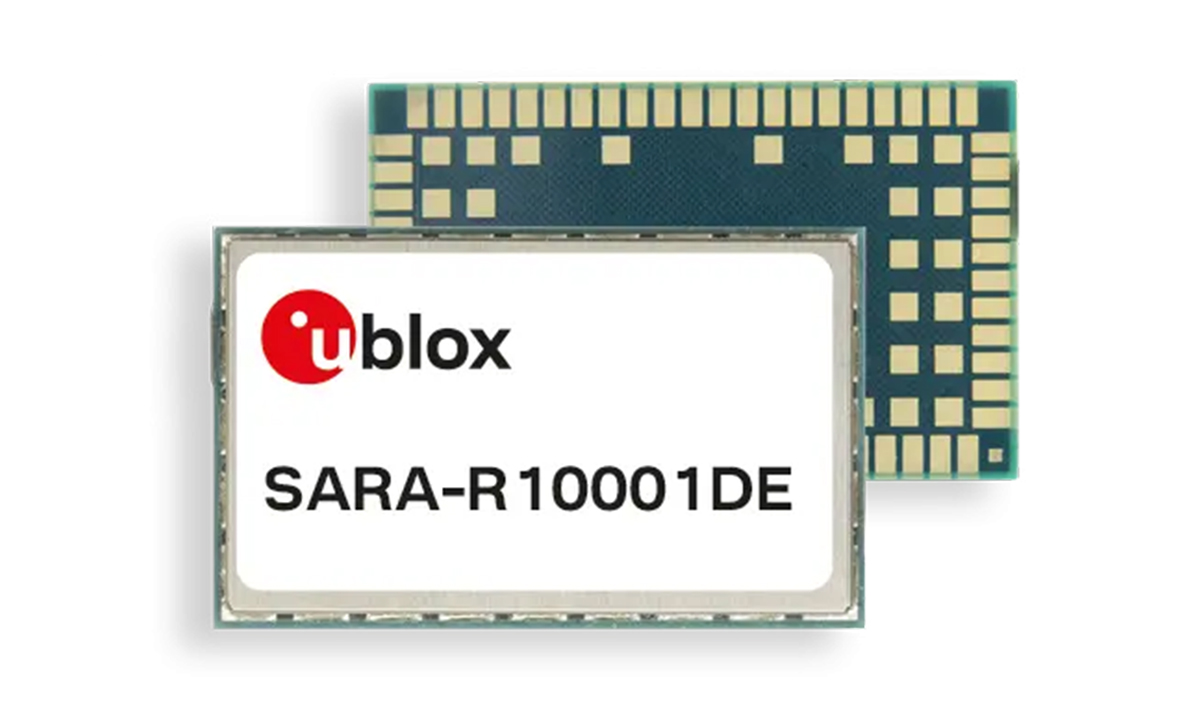Previously u-blox announced the release of the X20 series of all-band GNSS modules, but at the time, the company did not disclose detailed specifications for the module. Recently, they have launched the ZED-X20P all-band GNSS module designed to deliver centimeter-level global positioning at a significantly lower cost, up to 90% less than traditional solutions when considering the total cost of ownership. The module supports L1, L2, L5, and L6 bands across four GNSS constellations (GPS, Galileo, GLONASS, and BeiDou), along with SBAS, QZSS, and NavIC. Additionally, the module is compatible with PPP-RTK, network RTK, and global PPP correction services, along with u-blox’s PointPerfect and Galileo’s free High Accuracy Service (HAS), ensuring precise and flexible positioning. It also features secure boot, signed firmware, encrypted communication, and anti-jamming capabilities, for critical applications. The ZED-X20P maintains the ZED form factor, making the footprint compatible with the ZED-F9P chip for easier upgrades. u-blox says […]
Compex Systems expands its dual-band Wi-Fi 7 lineup with new M.2 variants (Sponsored)
Compex Systems (Compex) is set to take wireless connectivity to the next level with the latest expansion of its popular dual-band Wi-Fi 7 module lineup. Introducing the new M.2 variants, including WLTB7002E25 with an M.2 B+M Key and the WLTE7002E25 with an M.2 E Key, these additions complement the Compex’s existing WLE7002E25, which features the popular standard mini PCIe form factor. Together, these Wi-Fi 7 modules offer comprehensive solutions with enhanced performance, flexibility, and compatibility — all at competitive Wi-Fi 6 prices. Powered by Qualcomm’s QCN6224, QCN6274 and QCN9274 Waikiki series radio chipsets, the WLE/WLTE/WLTB7002E25 are dual-band concurrent 2.4+5GHz Wi-Fi 7 (802.11be) modules, offering wider signal coverage by transmitting both bands concurrently, reducing latency with Multi-Link Operation (MLO) support, featuring OFDMA and 4096 QAMs. Delivering up to 20dBm per chain, these 2×2 MU-MIMO models are ideal for enterprise, industrial, cybersecurity, transportation, and SMB applications. “Our expanded Wi-Fi 7 module lineup […]
ESP32-C61-DevKitC-1 development board features ESP32-C61 low-cost WiFi 6 and Bluetooth LE 5.0 SoC
The ESP32-C61-DevKitC-1 is a development board based on the upcoming ESP32-C61 low-cost WiFi 6 and Bluetooth LE 5.0 SoC that was first unveiled in January 2024, and offered with two USB-C ports, two buttons, an RGB LED, and GPIO headers. In my 2024 year in review report, I noted that Espressif would likely launch the ESP32-C5 dual-band WiFi 6 SoC in 2025, but I completely forgot about the ESP32-C61 which is basically a cost-down version of the ESP32-C6. I’ve now noticed the documentation of the ESP32-C61-DevKitC-1 development board and ESP32-C61-WROOM-1 module is now available, so we have more details about those and the ESP32-C61 itself, so let’s have a closer look. ESP32-C61-DevKitC-1 specifications: Wireless module – ESP32-C61-WROOM-1 SoC – ESP32-C61HR2 CPU – Single 32-bit RISC-V core clocked up to 120MHz Memory – 320KB SRAM, 2MB PSRAM Storage – 256KB ROM Wireless – WiFi 6 and Bluetooth LE 5.0 Storage – […]
Iridium Certus 9704 Satellite IoT Developer Kit supports Arduino programming, integrates with Blynk IoT Cloud
Iridium Certus 7904 Satellite IoT Developer Kit is a compact Arduino-programmable devkit with satellite connectivity, a microSD card for data storage, USB and LiPo battery power support, and various expansion options designed for IoT and M2M applications. Featuring a pre-provisioned Iridium Certus 9704 module, the developer kit also supports expansion headers and connectors for Adafruit FeatherWing modules, Arduino Shields, Qwiic/STEMMA QT modules, and Arduino I2C (ESLOV) add-on boards. We have written about several Iridium satellite solutions over many years, but I think it’s the first time we’ve come across an easy-to-use Satellite IoT development kit programmable with the Arduino IDE and with Blynk IoT Cloud integration. Iridium Certus 9704 Satellite IoT Developer Kit specifications: Iridium Certus 9704 Module Max Message Size – 100 KB including images & soundbites through IMT (Iridium Messaging Transport) service Command Interface – JSON-Based Serial Protocol for REST (JSPR) Interfaces – Serial data; SPI; GPIOs; GNSS […]
Murata LBWA0ZZ2HK/HL low-power Wi-Fi HaLow modules can communicate over 2km
Murata has recently introduced two new ultra-low power, sub-1 GHz Wi-Fi HaLow modules (LBWA0ZZ2HK and LBWA0ZZ2HL) compliant with Sub-1 GHz (S1G) 802.11ah Wi-Fi standard across key regions. The Type 2HK module operates at frequencies from 902MHz to 928MHz and features a communication range of 2km, whereas the low-power Type 2HL operates at 750MHz to 950MHz and can communicate over 1km. According to Murata, these modules can achieve high-speed communication over 1km and are suitable for applications such as smart devices, smart homes, smart accessories, and others. The modules are based on the NEWRACOM NRC7394 chipset built around an Arm Cortex-M3 with enough processing power for handling the Wi-Fi subsystem and user applications. Both modules feature an SPI host interface with peripherals including SPI, 2x UART, 2x I2C, 2-channel 10-bit ADC, and GPIO. Murata LBWA0ZZ2HK and LBWA0ZZ2HL specifications: HaLow SoC – Newracom NRC7394 SoC Frequency 2HL – Sub-1 GHz (750-950 MHz) […]
u-blox MAYA-W4 tri-radio IoT module features NXP IW610 chipset with Wi-Fi 6, Bluetooth 5.4, and 802.15.4 radios
Last year, we covered the u-blox MAYA-W3 module, which was based on the Infineon AIROC CYW5551x chipset and utilized separate chipsets for 2.4 GHz, 5 GHz, and 6 GHz frequencies. Now, u-blox has introduced the MAYA-W4 series, a host-based Wi-Fi 6, Bluetooth 5.4, and 802.15.4 module built on the NXP IW610 chipset. Designed for industrial and commercial applications such as building automation, energy management, smart homes, and healthcare, the MAYA-W4 series supports SISO Wi-Fi 6 with a 20 MHz channel width, ensuring reliable performance in dense network environments. These modules can function as access points, stations, P2P devices, or in mixed modes. The MAYA-W4 modules are compatible with the Matter protocol over Thread and Wi-Fi, facilitating seamless integration across ecosystems. With a compact size of 10.4 x 14.3 mm, these modules rank among the smallest Wi-Fi 6 SMD modules and are available with integrated antennas or U.FL connectors. Rigorous testing […]
Silicon Labs SiWG917Y and SiWN917Y are ultra-low power WiFi 6 and Bluetooth LE 5.4 IoT modules
Silicon Labs SiWG917Y and SiWN917Y are pre-certified, ultra-low power 2.4 GHz WiFi 6 and Bluetooth Low Energy (LE) 5.4 modules made as an extension of the Wireless Gecko Series 2 Arm Cortex-M33 microcontroller family and designed for IoT applications such as Smart Home devices, building automation solutions, healthcare devices, industrial sensors, and asset trackers. The SiWG917Y module is used as a standalone solution where all application code runs on an Arm Cortex-M4 core, and the SiWN917Y module is designed as a Network Co-processor so customers can execute their application on a separate MCU while the wireless module manages WiFi 6 and BLE 5.4. Silicon Labs SiWx917Y modules specifications: Microcontroller MCU Arm Cortex-M4F application core up to 180 MHz (225 DMIPS performance) Arm Cortex-M4 network wireless processor running up to 160 MHz, Accelerators – Integrated FPU, MPU, NVIC, Matrix vector processor (MVP) Memory 672 KB embedded SRAM shared by Cortex-M4 and […]
u-blox SARA-R10001DE LTE Cat 1bis Module integrates an eSIM with Multi-IMSI and eUICC support
u-blox has introduced the SARA-R10001DE, an LTE Cat 1bis module with integrated eSIM featuring multi-IMSI technology and eUICC functionality. The module is pre-provisioned with Wireless Logic’s Conexa IoT Network SIM profiles for global IoT deployments. The eSIM supports OTA using Remote SIM Provisioning, allowing the module to switch between multiple stored SIM profiles to connect to the best available network. Multi-IMSI technology allows eSIMs to store multiple International Mobile Subscriber Identity (IMSI) profiles, enabling dynamic network switching for uninterrupted connectivity. eUICC functionality, based on the GSMA standard, facilitates OTA updates and profile management, simplifying operator switching and ensuring global compliance. Although SARA-R10001DE is u-blox’s first LTE Cat 1bis module with an embedded SIM (eSIM), we previously covered the u-blox LEXI-R10 LTE Cat 1bis module and associated evaluation kit, as well as Cavli C17QS Cat 1bis module built around the Qualcomm QCX217 microcontroller. u-blox SARA-R10001DE module specifications: LTE module – SARA-R10001DE […]


